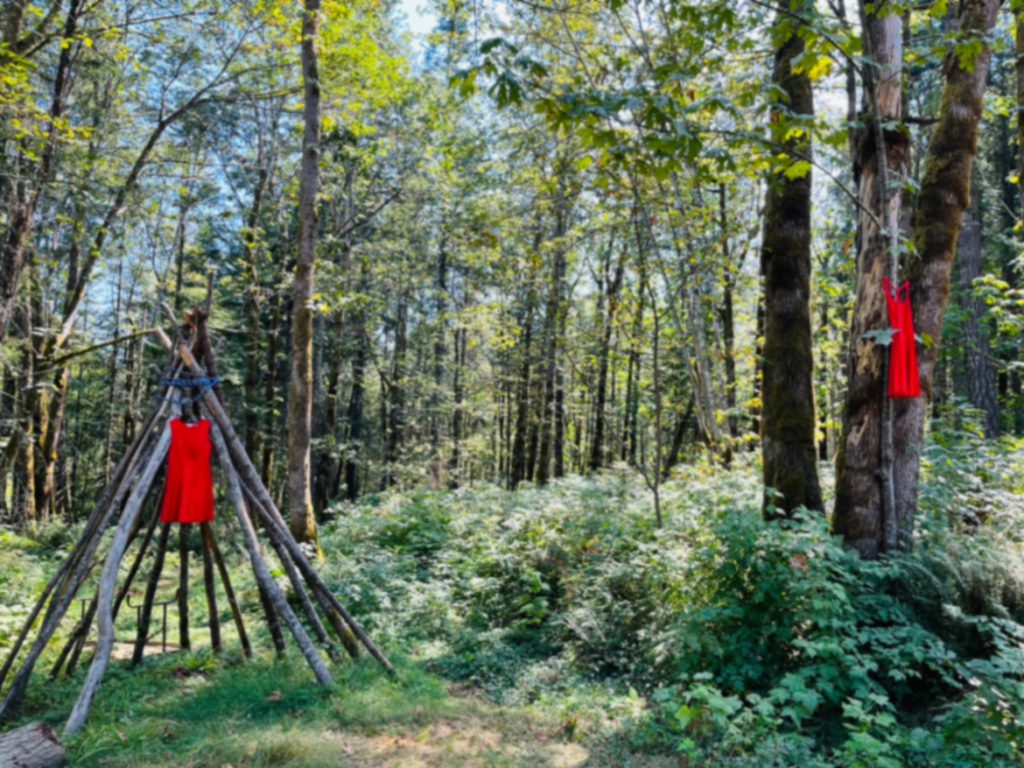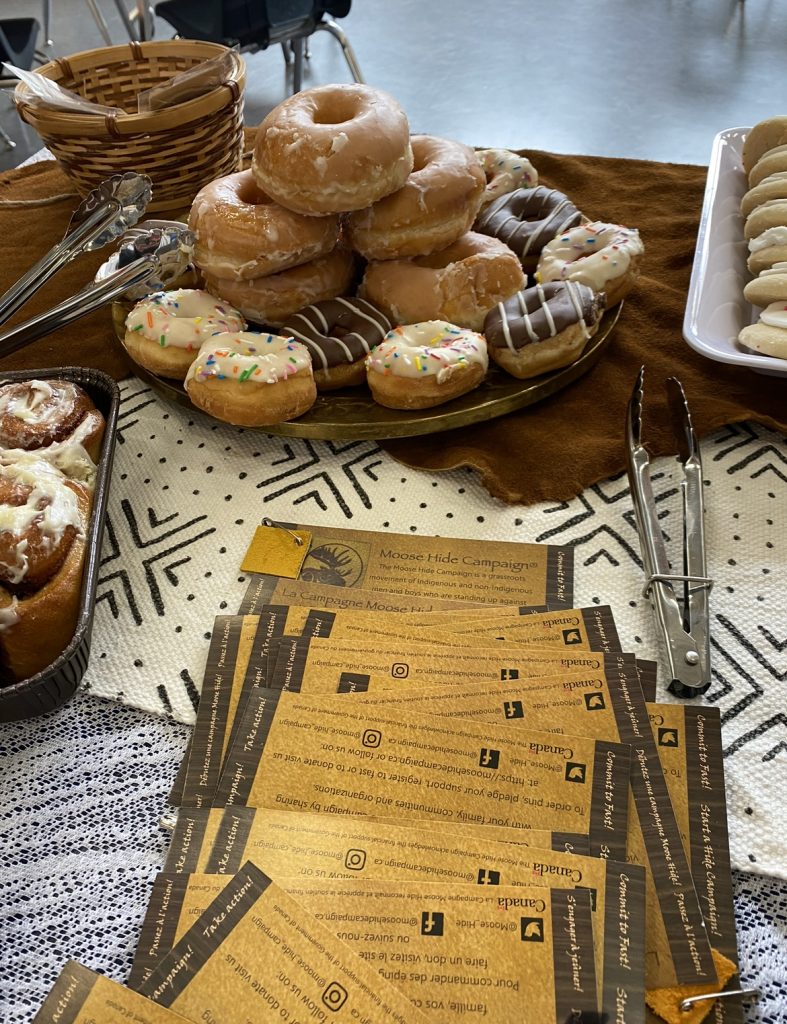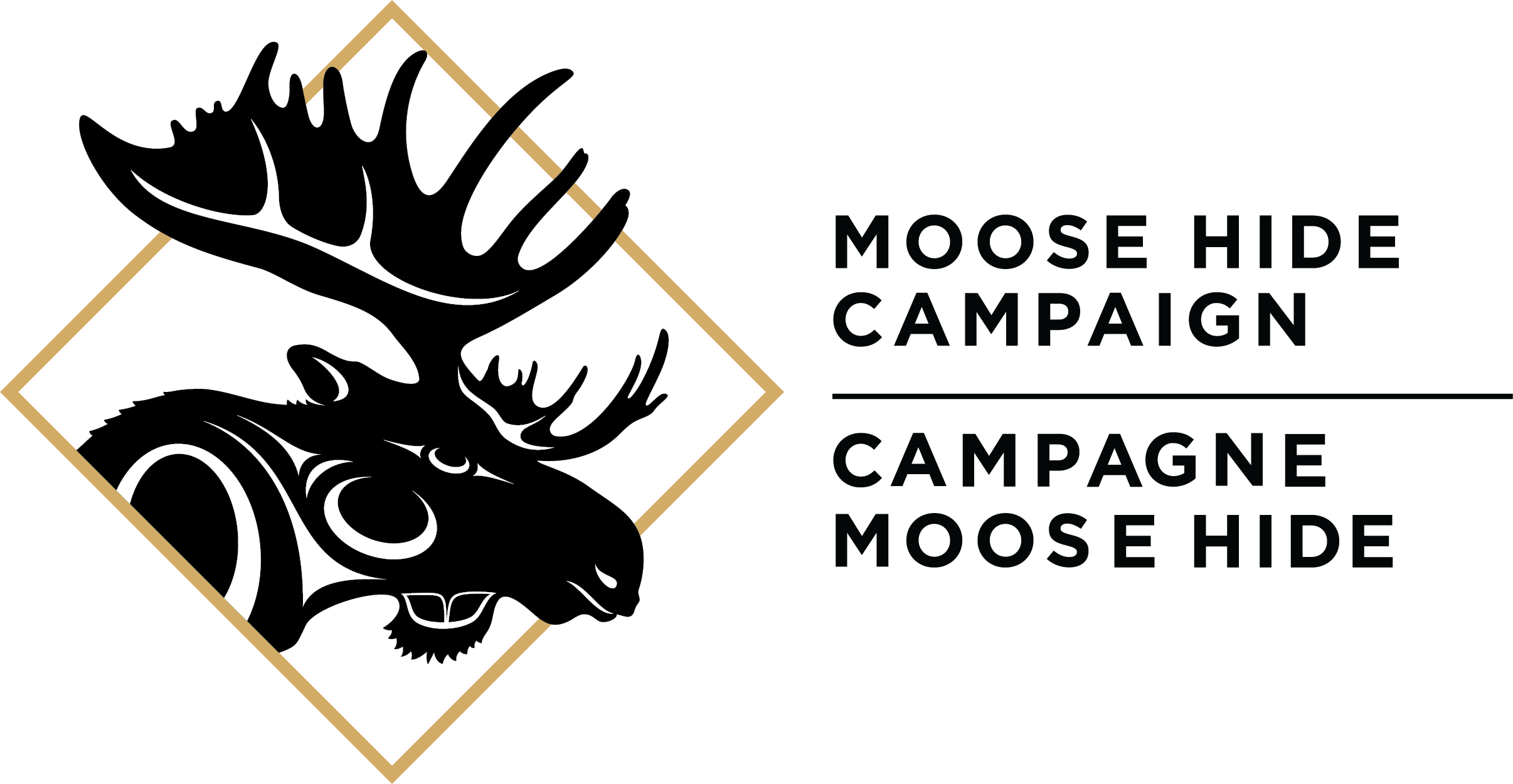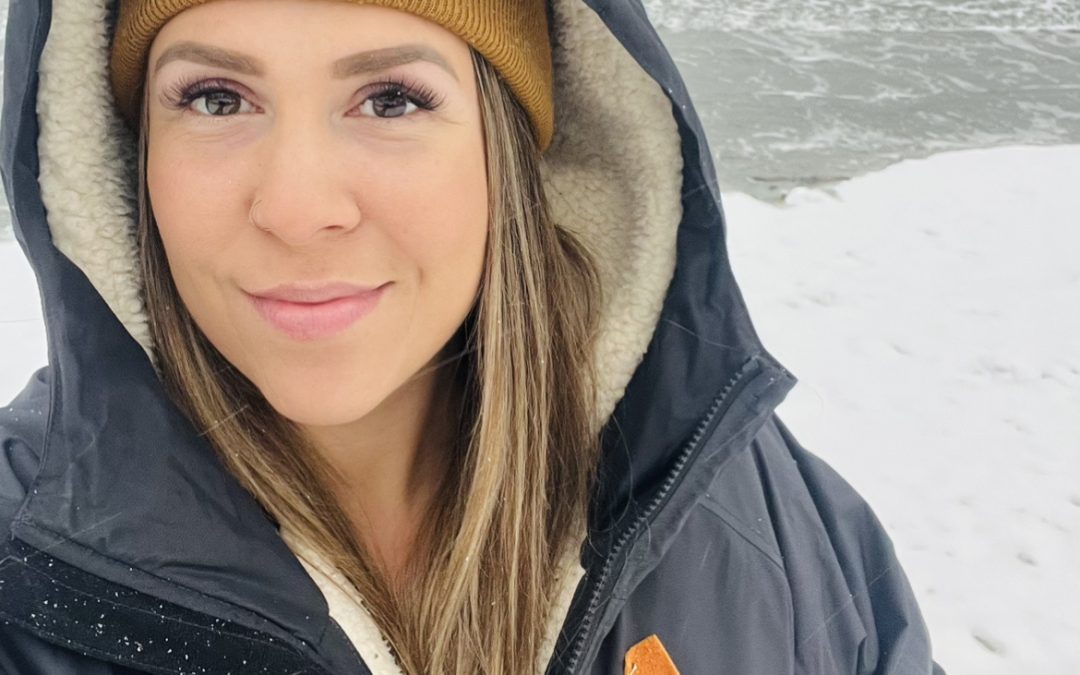Natasha Rainkie’s aspiration to become an Indigenous educator started in elementary school. When she was called over the intercom to go to the ‘Indigenous room’—where non-Indigenous teachers taught about Indigenous culture —her face would grow red in embarrassment.
“It just reinstated the shame I was feeling at that time,” Rainkie said. “Why couldn’t there be any people like me? Why aren’t there any Indigenous teachers out there?”
Since then, Rainkie has become a passionate teacher of Indigenous education. She earned her teaching degree, became a wife and a mother of two children, and is now in her dream job where she supports First Nations students from kindergarten to Grade 12 in Comox, BC. A member of the Kluane First Nations in the Yukon, she lives on the unceded territory of the Pentlatch, E’iksan, and K’ómoks people of Vancouver Island.
One topic she weaves into her classes and extra-curricular activities is teachings from the Moose Hide Campaign. Rainkie believes in having open conversations about gender-based violence, especially with high school students who have the maturity to dive deeply into hard subjects.
“Boys at this age often envision violence against women as an older couple behind closed doors. They don’t think it’s something that impacts them at their age, but it does,” Rainkie said. “When we start these conversations, we’re planting the seed in these boys to honour and respect the women in their lives.”
She regularly includes the teachings of the moose hide pin in her lesson plans. At the last high school where she taught, in Chilliwack, BC, Rainkie and the school’s Indigenous Leadership Group set up a table to distribute the pins in advance of Moose Hide Campaign Day.
“I was really fearful that the students weren’t going to be interested, but I was so surprised by how invested they got,” she said. “We even had a few boys sign up for the fast on campaign day, which was amazing. Just having this table created a space where conversations about gender-based violence could happen. With some of the girls, I could see these conversations were really empowering them.”
The Highway of Tears
Rainkie’s passion for the campaign began after she learned about the history of her mother, who hitchhiked down BC’s Highway of Tears when she was 13 years old, fleeing a challenging situation at home.
At the time, Rainkie didn’t know much about the highway or missing and murdered Indigenous women and girls. When she found the Book The Highway of Tears by Jessica McDiarmid, her entire worldview shifted. She saw clearly, what it means to be an Indigenous woman in Canada— physically, spiritually and statistically.
Rainkie knows that her mother was lucky she arrived safely to the Secwépemc— or Shuswap—territory.
“All it took for my mom was to get into the wrong truck, and she could have been one of those women.”
Still, Rainkie hangs red dresses from trees at the entranceway to her property. The dresses are a way to honour and remember the women who did not make it home from the Highway of Tears and to call their spirits home.

Spreading the medicine
When Rainkie’s mother started giving out moose hide pins to her coworkers at the Fraser Valley Institute for Women, Rainkie saw it as an opportunity to distribute the campaign’s medicine—her own way.
She used social media to raise awareness about the campaign, volunteering to drop off pins to any individual or business in the Chilliwack area. From hair salons to coffee shops to schools, Rainkie distributed over 2,000 pins, spreading a simple yet urgent message: violence against women and children needs to stop now.
When she moved to Comox for her new job, Rainkie joined a group of women called ‘The Cold Water Cult.’ She was reminded of the power of these small pieces of leather after giving each woman a moose hide pin. Even within that small group of brave cold-water plungers, many stories of abuse were shared.
“So many people walk their paths in silence and shame. The pins are a reminder that we don’t have to keep these secrets in the past. We need to keep talking about them, or the abuse is still going to happen.”
When four Indigenous women were killed last December in Manitoba, Rainkie wore her pin on her toque as she entered the icy water of the Pacific Ocean. She reflected on the fact that gender-based violence was not something of the past when her mother was a teenager. Tragedy is still happening to this very day.

Raising good men
The Moose Hide Campaign is all about boys and men coming together to honour and respect the women and children in their lives.
As an educator, this is integral to Rainkie’s teachings. She believes we can learn a lot from the past when we lived in a matriarchal society. Rainkie wants to restore these traditional teachings within our communities and classrooms.
“I see the Moose Hide Campaign as an opportunity to really lift up and raise our boys and men to honour, respect, and empower the women in their lives again,” she said.
Rainkie’s teaching philosophy is to not only focus on the tragedies of our colonial past but to celebrate the strength that lies within Indigenous communities today, like the fact that so many cultures and languages are still thriving.
She’ll bring that philosophy into this year’s Moose Hide Campaign Day, celebrating the resiliency of Indigenous people while urging Canadians to take action against gender-based violence in their communities.



